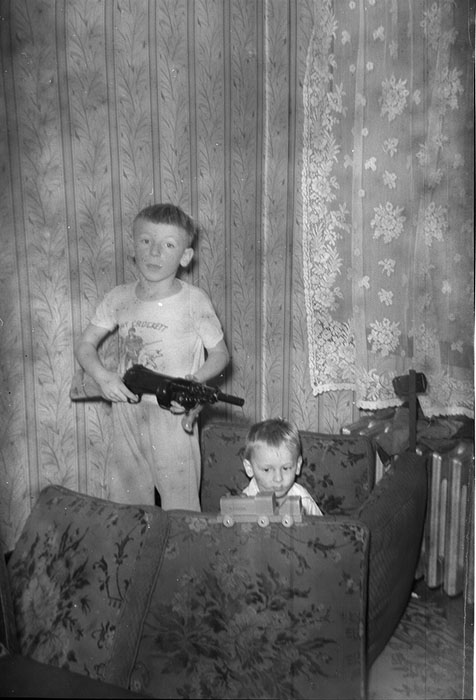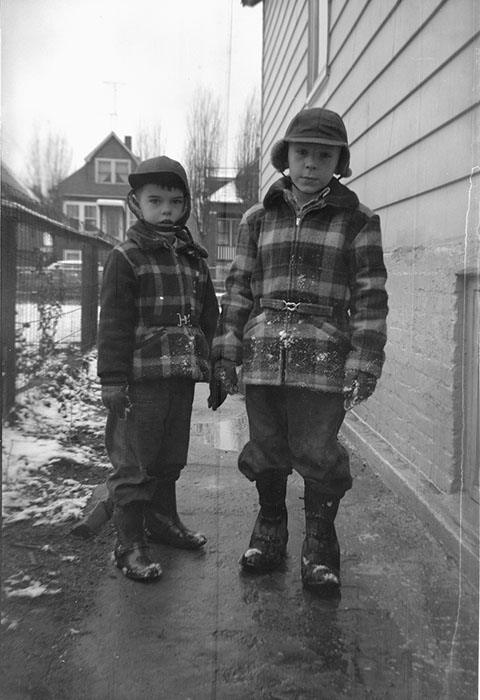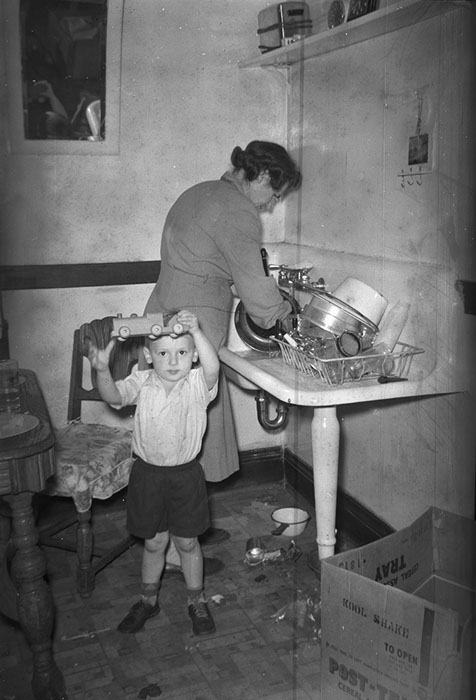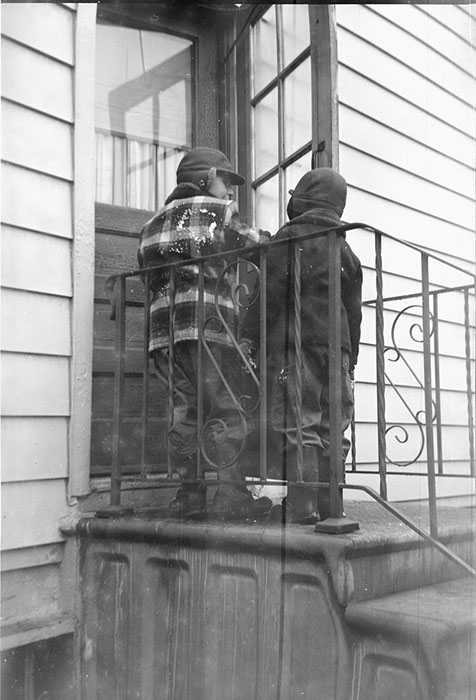In the days of film, this wasn’t a luxury photographers had. Development of film was — and continues to be — rather cost prohibitive, with the average price of developing a roll of 35mm film hovering around the $7 mark.
Last year The Rescued Film Project came across a massive collection of film that surpasses anything it’s found to date.
Founded by Levi Bettwieser, the Rescued Film Project is “an archive of images that we rescued from lost and forgotten rolls of film, from all over the world.”
To date, the project has developed and scanned more than 18,000 individual frames, each of which was financed through crowdfunded donations to the ongoing cause.
While many times it’s just a few rolls here or there that the Rescued Film Project recovers, last year the team came across a massive collection of film that surpasses anything it’s found to date. Bettwieser estimates there are about 1,200 rolls of film, meticulously bundled into 66 individual packages, each of which contains between eight and 36 rolls. All were shot by a photographer throughout the 1950s.
The majority of the film appears to be rolls of 120 film. Depending on the format of the camera used to capture the photographs, a roll of 120 can hold between eight and 16 individual frames. Assuming the photos were captured on a 6×6 format camera, that makes for an estimated 14,400 photographs, almost as many images as the Rescued Film Project has developed in total to date.
The most interesting part of the find is how the film was bundled. Rather than being a random collection of rolls stuffed inside packages, the photographer meticulously recorded the details of every roll. After shot, each roll of the film was put back inside its original box with a note explaining everything captured with the frames of the film. The boxes were then wrapped inside layers of aluminum foil followed by a healthy dose of athletic tape. On the athletic tape, the photographer once again wrote what was on the film.
The photographer meticulously recorded the details of every roll.
After enough of these rolls were shot, they were packaged inside a cigar box, which was then wrapped inside layers and layers of newspaper, aluminum foil, and athletic tape. To no surprise, the contents of the rolls inside the cigar box were once again written on the outside.
Considering the sheer number of rolls there are and the amount of time it will take to get through them all, the Rescued Film Project has reached out to the internet and asked for help in getting it processed. Rather than Bettwieser processing and scanning the images himself, as he’s done in the past, the Rescued Film Project is teaming up with Blue Moon Camera in Portland, Oregon.
Little by little, Blue Moon will integrate rolls of this film into its queue to get through it much faster than if Bettwieser were to do it alone. While a huge discount will be applied for the Rescued Film Project, it’s still going to be costly. Time, chemicals, envelopes, archive sleeves, and shipping aren’t cheap. Thus, with the help of IndieGoGo, Bettwieser has started a campaign to help crowdfund the rescue effort.
Right now, the goal is to raise $15,000. The campaign has already amassed 16 percent of that goal, with it increasing every hour. According to Bettwieser, if everyone who follows the Rescued Film Project on social media gifted just $1 to the cause, they would have more than enough to get through it all.
There’s two months left in the campaign, which should be more than enough to reach the goal at the pace it’s currently going. Unlike other crowdsourced campaigns, there are no specific rewards that go with various pledge amounts. It’s simply a matter of knowing that you’ve contributed towards bringing to life a decade worth of work from an unknown photographer.
To contribute to this massive undertaking, head on over to the Indiegogo campaign. To find out more about the Rescued Film Project and look through its archives, check out its website.










